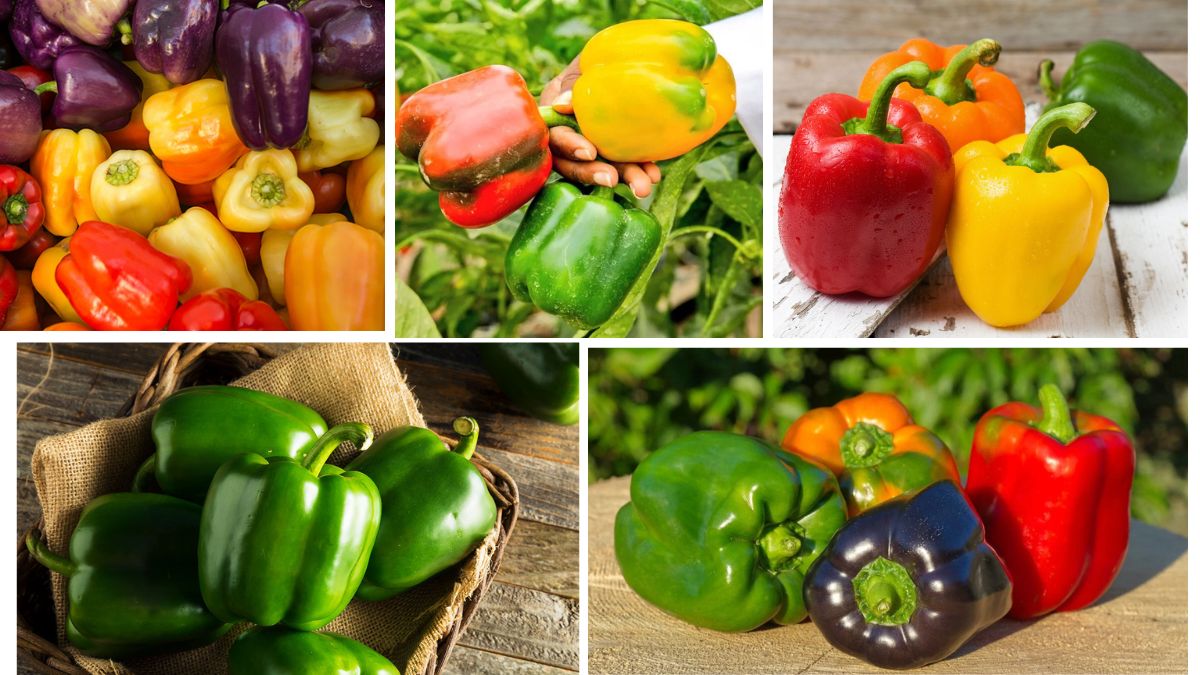Bell peppers—vibrant, crunchy, and packed with nutrients—are a cornerstone of global cuisine. Whether tossed into stir-fries, sliced for salads, or roasted for salsas, these colorful vegetables are loved not just for their flavor but also for their health benefits. But behind their culinary versatility lies a fascinating agricultural story: Which country is the largest bell pepper producer in the world?
According to the latest data from the Food and Agriculture Organization (FAO), the top global producer of bell peppers (also known as sweet peppers or capsicums) is China. This article delves into China’s dominance in bell pepper production, explores other major producers, and examines the factors contributing to global trends in cultivation and trade.
Understanding Bell Peppers: A Global Staple
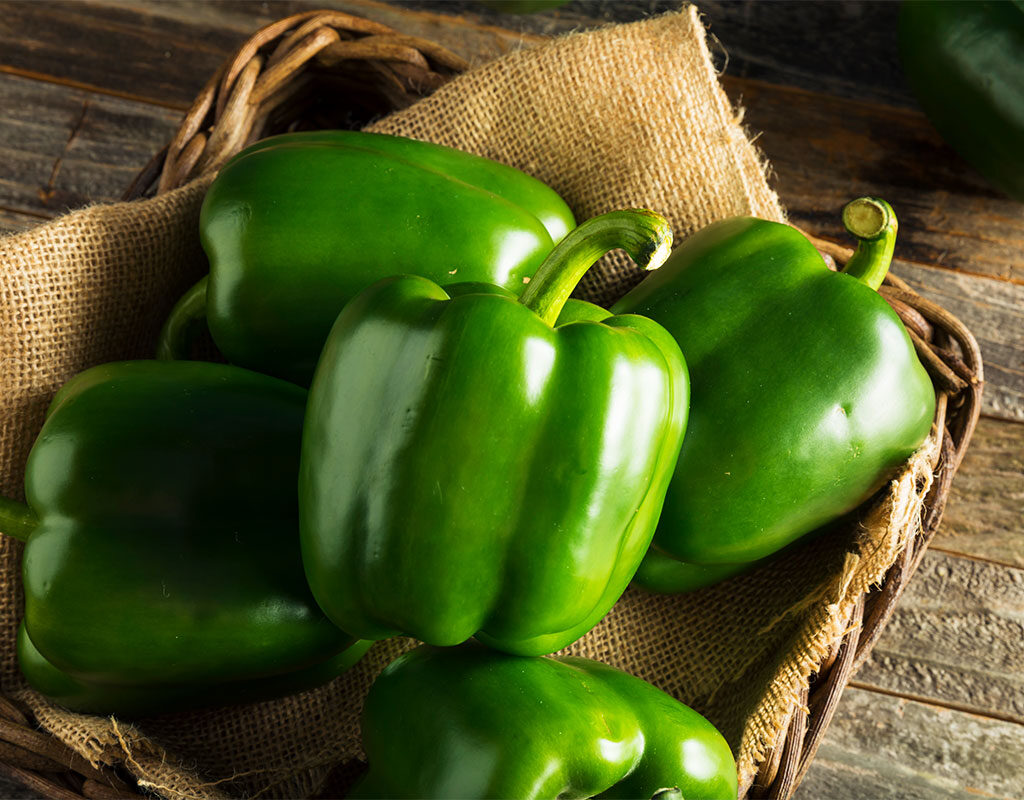
Bell peppers (Capsicum annuum) are a species of the nightshade family, native to Central and South America. They are unique among peppers because they are non-spicy, making them popular across culinary cultures. Varieties range from green (less mature) to red, yellow, orange, and even purple and white.
Bell peppers are not only a flavorful vegetable but also a rich source of:
- Vitamin C – one of the highest among vegetables
- Vitamin A, B6, and antioxidants
- Low calories and high water content, making them ideal for health-conscious diets
Because of their versatility and demand, bell peppers are grown on every continent except Antarctica.
Global Bell Pepper Production: An Overview
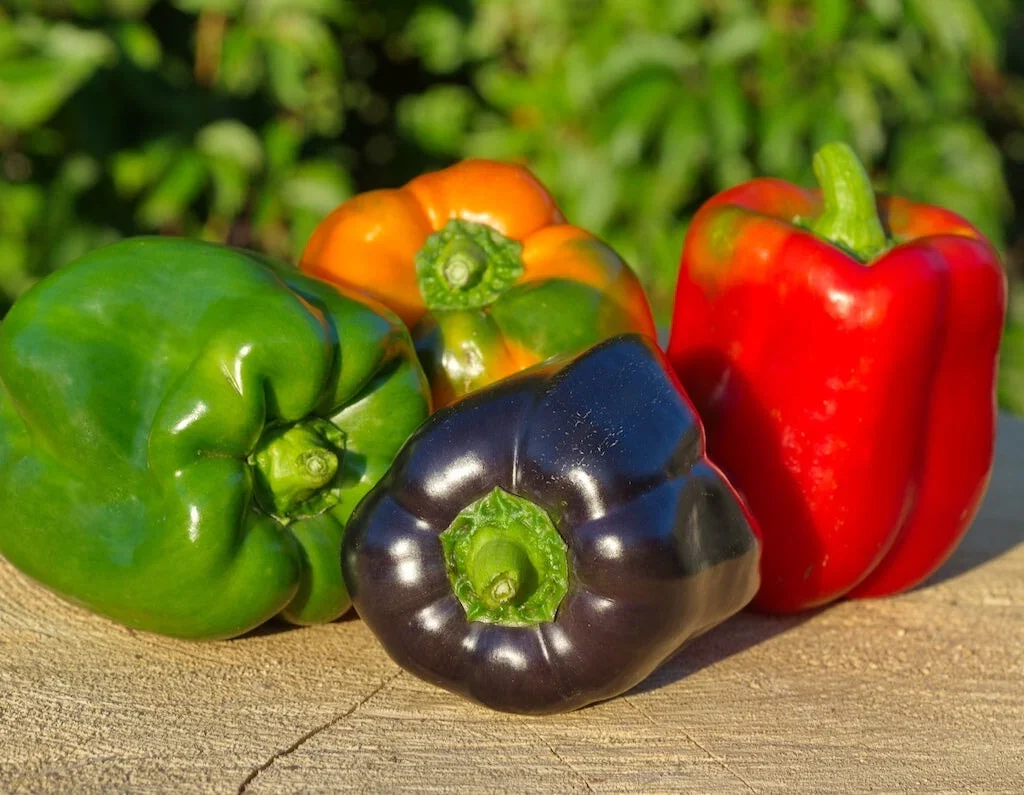
Bell peppers are grown in over 100 countries worldwide. The top producers are mostly in Asia, Europe, and the Americas, with significant production driven by both domestic consumption and export potential.
Top 5 Bell Pepper Producing Countries (Latest FAO Data):
| Rank | Country | Annual Production (Metric Tons) |
|---|---|---|
| 1 | China | ~18 million |
| 2 | Mexico | ~3.3 million |
| 3 | Indonesia | ~2.8 million |
| 4 | Turkey | ~2.5 million |
| 5 | United States | ~1 million |
Let’s now explore why China leads this global list.
China: The Bell Pepper Powerhouse
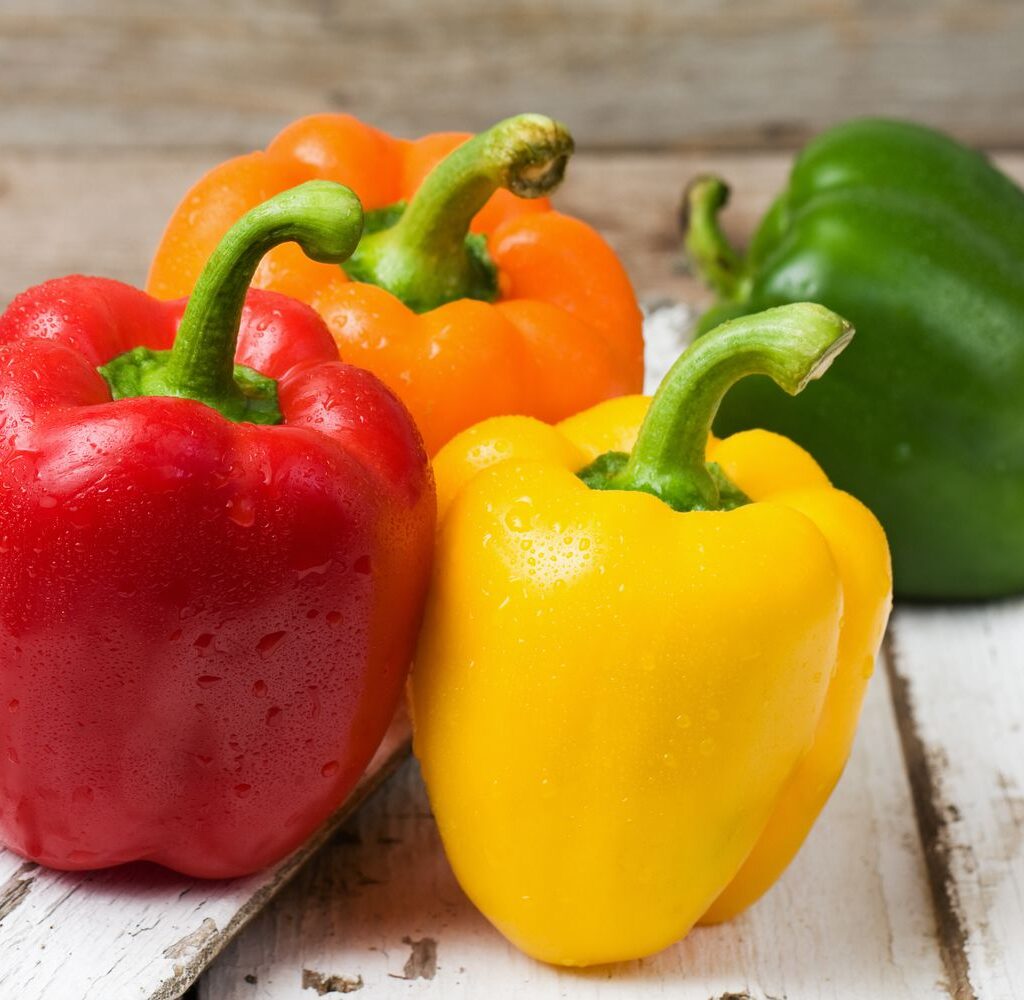
1. Unmatched Production Scale
China produces over 18 million metric tons of bell peppers annually, making up nearly half of global production. The country’s scale and efficiency in vegetable farming are unparalleled, and bell peppers are a major part of this output.
2. Key Producing Regions in China
- Shandong Province – Known for open-field and greenhouse cultivation.
- Hebei and Henan – Use advanced greenhouse systems to maximize year-round output.
- Xinjiang and Yunnan – Have vast farmlands ideal for capsicum production.
These regions benefit from varying microclimates and fertile soil, enabling China to grow bell peppers for both domestic and export use.
3. Technology-Driven Cultivation
China has invested heavily in:
- Greenhouse farming and plastic tunnel cultivation.
- Hybrid seed development tailored for disease resistance and yield.
- Drip irrigation and smart farming technologies to boost water efficiency.
This has allowed producers to maintain high output even in challenging weather conditions.
4. Strong Domestic Demand
Bell peppers are popular in Chinese cooking, especially stir-fries and hotpot ingredients. With over 1.4 billion consumers, the internal market alone drives massive production needs.
Mexico: The Global Export Leader

While China produces the most, Mexico is the largest exporter of bell peppers globally. With over 3.3 million metric tons annually, Mexico supplies peppers mainly to the United States and Canada through trade agreements like USMCA.
Key Strengths:
- Year-round production due to mild climate.
- Proximity to the U.S. market.
- Advanced greenhouse systems in Sinaloa, Baja California, and Sonora.
- Use of Integrated Pest Management (IPM) and GAP (Good Agricultural Practices).
Mexico’s pepper industry is highly export-oriented, with billions generated through fresh produce trade.
Indonesia: Rising Asian Competitor
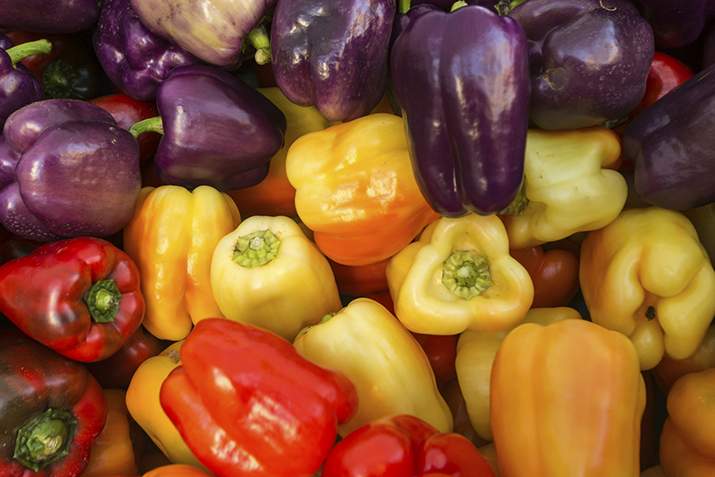
Indonesia produces over 2.8 million metric tons, mostly for domestic consumption. Bell peppers are widely used in local dishes and sold fresh in traditional markets. Smallholder farmers dominate the industry, although commercial greenhouse farming is growing in urban areas like Java and Bali.
Challenges:
- Limited export market due to infrastructure gaps.
- Vulnerability to pests and erratic rainfall.
Despite this, Indonesia remains a significant regional force in bell pepper production.
Turkey and the United States: Steady Performers
Turkey
With around 2.5 million metric tons, Turkey is a major European supplier. Key growing regions include Antalya and Mersin, known for greenhouse production. Turkish cuisine relies heavily on sweet and green bell peppers.
United States
The U.S. grows nearly 1 million metric tons, mostly in California, Florida, and Georgia. The domestic market consumes the majority, although the country also imports large quantities—mainly from Mexico—especially during the winter months.
Nutritional and Economic Importance of Bell Peppers
1. Nutritional Benefits
Bell peppers are among the healthiest vegetables available:
- Red peppers contain the highest levels of beta-carotene and lycopene.
- A single red bell pepper provides more than 150% of the RDA for Vitamin C.
- Their high water content (over 90%) and fiber make them ideal for weight management.
2. Economic Value
- The global bell pepper market is valued at over $12 billion and growing steadily.
- They provide livelihoods to millions of farmers across Asia, Africa, and Latin America.
- Greenhouse cultivation and exports have created high-income potential in developing nations.
Production Techniques and Trends
1. Greenhouse and Controlled-Environment Agriculture
Countries like China, the Netherlands, and Mexico lead in protected cultivation, enabling:
- Year-round production.
- Higher yields per square meter.
- Reduced pesticide use through climate control.
2. Hybrid and Color Varieties
Producers are increasingly focusing on colorful varieties—red, yellow, and orange—due to higher market demand and nutritional value.
3. Organic Production
Demand for organic bell peppers is rising in Europe and North America, pushing producers in countries like Spain, Morocco, and Mexico to meet strict certification standards.
Challenges in Global Bell Pepper Production
Despite high demand and growing production, several challenges persist:
- Climate change and extreme weather patterns affect crop cycles.
- Pest infestations, including thrips and whiteflies, can devastate crops.
- Water scarcity in key growing regions like California and northern China.
- Labor shortages and rising input costs for fertilizers and pesticides.
Solutions include precision agriculture, disease-resistant seed varieties, and policy support for sustainable farming.
Conclusion
The answer to the question “Which country is the largest bell pepper producer in the world?” is a resounding: China. With nearly 18 million metric tons annually, advanced farming technology, and a massive internal market, China dominates global bell pepper production by a wide margin.
However, countries like Mexico, Indonesia, Turkey, and the U.S. play equally important roles—especially in terms of export, regional supply, and innovation. The bell pepper is no longer just a kitchen staple; it is a global agricultural commodity that connects nations through trade, cuisine, and culture.
As we move forward, the challenge will be to make bell pepper production more sustainable, resilient to climate change, and inclusive of smallholder farmers. With rising consumer awareness of health and nutrition, the future of this colorful crop looks both bright and green.
